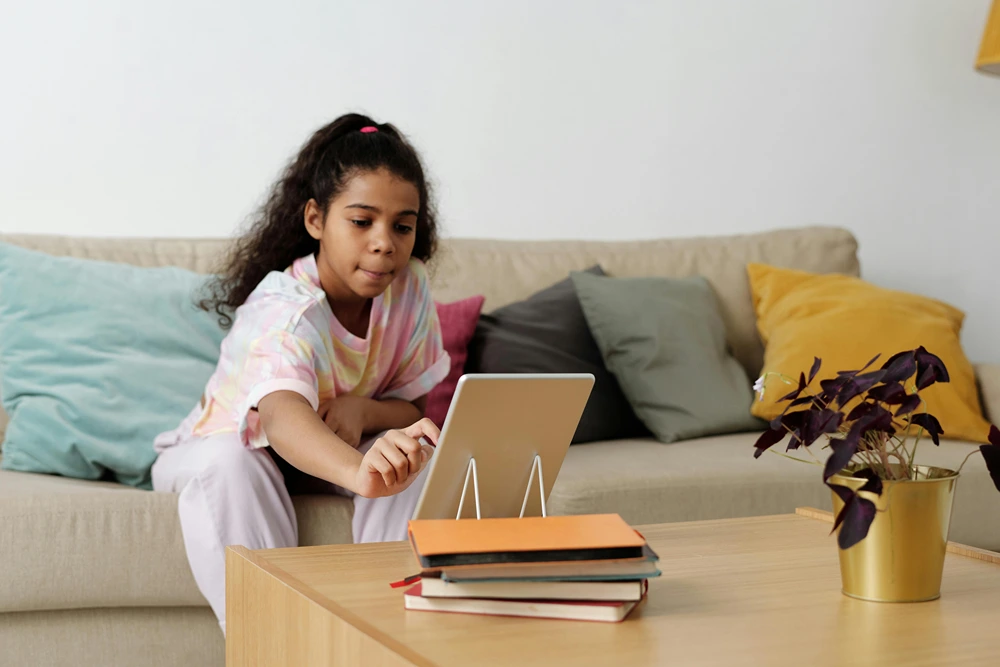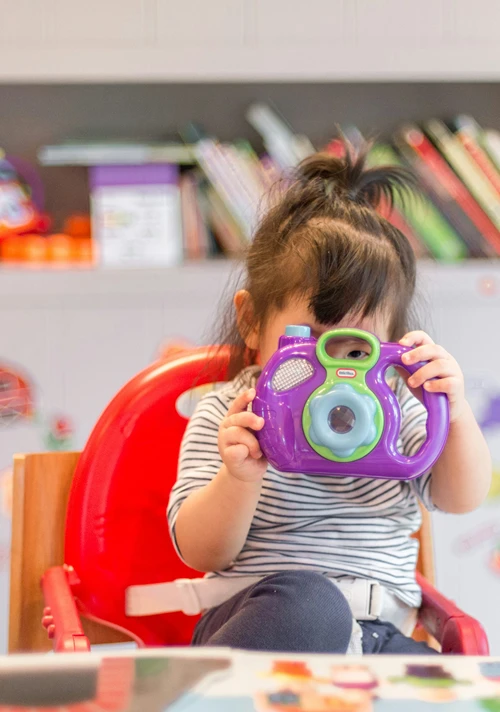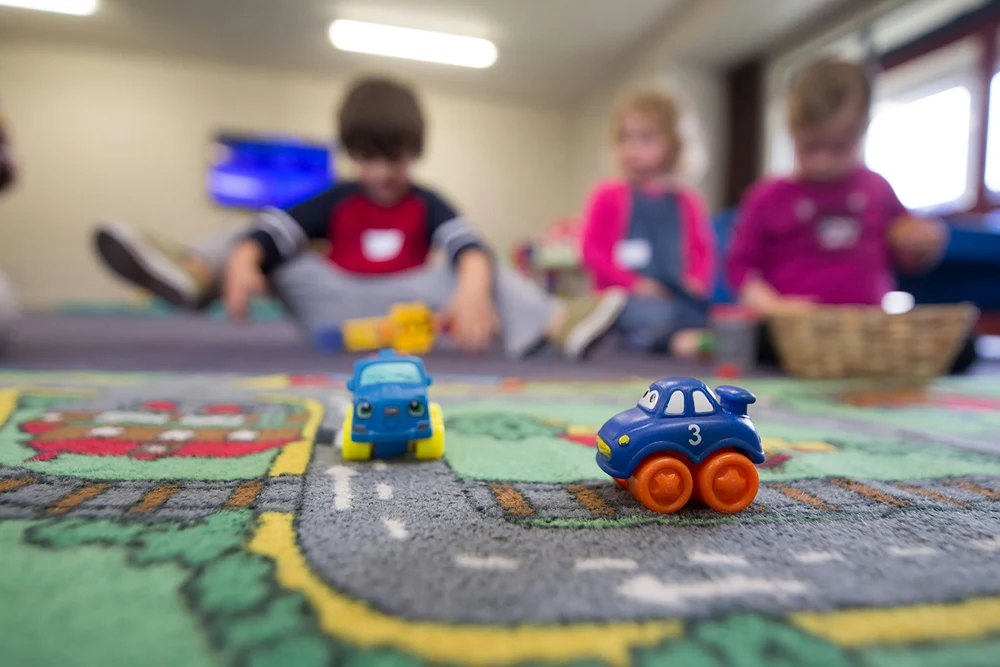How to Print Family T-Shirts with Huedrift Printers
Family events, vacations, reunions, or holiday gatherings are always more fun when everyone can show a sense of unity. One of the simplest and most memorable ways to do this is through matching custom family T-shirts. Not only do they make your group instantly recognizable, but they also create fantastic photo opportunities and lasting keepsakes for everyone.
Thanks to DTF (Direct-to-Film) printing, producing high-quality, vibrant, and durable custom apparel has become accessible even for beginners. Huedrift printers provide the tools and flexibility to make printing professional-looking family T-shirts straightforward, whether you’re creating just a few shirts or a full set for a large gathering.
Preparing Your Design
Before you start printing, thoughtful planning of your design is essential. A well-prepared design ensures your T-shirts come out looking polished and professional.
- Choose a Theme: Decide on the purpose and vibe of your T-shirts. Is it for a reunion, a vacation, a birthday, or a holiday celebration? A consistent theme across all shirts makes the group look coordinated and creates a cohesive memory.
- Design Tools: Tools like Canva, Adobe, or Figma allow you to create detailed, high-resolution designs. Beginners can start with Canva for its ease of use, while advanced users might prefer Illustrator for vector graphics.
- File Requirements: Always export your design as a PNG file with a transparent background. This ensures clean, crisp transfers with no unwanted white borders. Ensure the resolution is high (300 DPI or more) for the best printing results.
- Personalization: Adding names, dates, or custom family icons makes each shirt unique. Personalized elements make your T-shirts special gifts and memorable keepsakes.
Tip: Keep designs balanced—too much detail or too many colors can make printing tricky and may increase transfer time or ink usage.
Selecting the Right Huedrift Printer
The choice of DTF printers significantly affects print quality, speed, and ease of use. Huedrift offers several models tailored to different needs:
- Huedrift One: Compact and beginner-friendly, perfect for small batches or first-time printers. Ideal for families printing 5–20 shirts.
- Huedrift Pro: Offers faster output and better color vibrancy, suitable for small businesses or medium-sized family gatherings. Supports larger designs and more detailed graphics.
- Huedrift Pro Max: Designed for high-volume production. Perfect for large family reunions, events, or small business owners who want to scale up.
Key considerations when choosing a printer: fabric compatibility, print size, speed, and whether you anticipate printing multiple batches in the future. A good printer balances cost, reliability, and professional-quality results.
Step-by-Step Printing Process
Printing with DTF technology is straightforward, but following a clear process ensures consistent, high-quality results.
- Prepare Your Workspace: Ensure your area is clean and organized. Lay out blank T-shirts, PET film, adhesive powder, heat press, and cleaning supplies.
- Print the Design: Use your Huedrift printer to transfer your digital design onto PET film. Ensure proper alignment and calibration for consistent prints.
- Apply Adhesive Powder: While the ink is wet, evenly sprinkle hot-melt adhesive powder over the film. This ensures the ink sticks to the fabric properly.
- Cure the Film: Heat the film with a curing oven or heat press to bond the powder to the ink. Proper curing is critical for durability.
- Transfer to the T-Shirt: Place the printed film on the shirt and press at the recommended temperature and duration. Apply even pressure for consistent results.
- Cool and Peel: Let the shirt cool slightly, then carefully peel off the film to reveal a vibrant, finished design.
Pro Tip: Always print one test shirt first to verify color accuracy, design placement, and adhesion. This step prevents mistakes across the whole batch.
Tips for Perfect Family T-Shirts
- Consistency Across Shirts: Ensure logos, names, or other design elements are placed identically on each shirt.
- Fabric Selection: Stick to fabrics compatible with DTF printing, like cotton, polyester blends, or dark-colored T-shirts requiring a white ink base.
- Batch Printing: Print in organized batches to prevent mix-ups and reduce errors.
- Printer Maintenance: Clean print heads and check ink levels regularly. Proper maintenance extends the life of your Huedrift printer and keeps colors vibrant.
- Optional Extras: Add matching hoodies, tote bags, or caps for full family sets. You can even explore special effects like metallic or glow-in-the-dark inks if your printer supports them.
Adding a Personal Touch
Personalized details make T-shirts for kids stand out:
- Names or Initials: Each family member can have their name printed on the back or sleeve.
- Dates or Locations: Include the date of the reunion or the vacation location to make shirts memorable keepsakes.
- Inside Jokes or Symbols: Small icons or symbols that represent your family can make shirts unique and fun.
Personalization not only makes the shirts memorable but also encourages family members to cherish them long after the event.
Preparing for Large Orders
If your family reunion grows larger or you’re considering printing shirts for multiple events:
- Partner with Manufacturers: Reliable partners like Printful can handle bulk orders without sacrificing quality.
- Plan for Scalability: Maintain consistent colors, logos, and design placement across all shirts to ensure a cohesive look.
- Expand Product Options: Beyond T-shirts, consider hoodies, caps, tote bags, and other wearable or gift items.
Planning ahead ensures your production process is smooth, efficient, and scalable.
Conclusion
Printing custom family T-shirts has never been easier thanks to DTF printing and Huedrift printers. You can produce professional-quality, vibrant shirts that bring your family together visually and create lasting memories.
From planning your design and selecting the right printer to testing prints and producing large batches, DTF technology empowers you to turn creative ideas into wearable keepsakes. Matching apparel adds fun, unity, and a sense of pride to every family gathering, vacation, or special event.
Start small, experiment with different designs, and enjoy the process of creating something unique for your family. With Huedrift printers, your family T-shirts will not only look fantastic—they’ll become cherished mementos for years to come.











